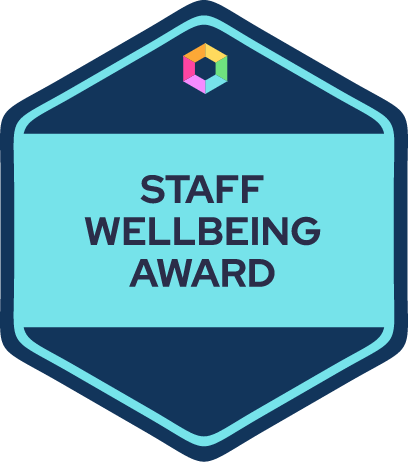What does it mean to think like Swiss cheese? John Dabell discusses how the Swiss cheese model can be used within schools to help eliminate error and risk.

Leaders must be brutally honest with themselves and acknowledge what they know, what they don't know and what they partly know. This involves seeing yourself as a piece of Swiss cheese and working out where your 'holes' are.
Every slice of Swiss cheese has its unique holes (Reason, 2000), and the size and number of holes will vary from one slice to another. Shortcomings are to be expected, therefore, leaders need to develop approaches which accept and address the existence of gaps.
These weaknesses are inconstant, and the holes open and close randomly. When all holes are aligned by chance, mistakes, mishaps, and errors happen, causing harm and damage.
The Swiss cheese model was created by James T. Reason and is used in risk management, aviation safety, computer security, engineering, and more.
It has been used for years in healthcare by doctors and nurses to protect patients from infections or surgical accidents and to layer multiple imperfect defences to minimise the chance of preventing mistakes.
Don't try and be the big cheese. Slice, stack and safeguard because multiple layers improve success.
Thinking like Swiss cheese means living and functioning whole despite the holes. It just means you need others to support you because each slice of your team's cheese can be considered a line of defence against problems and issues.
Since all the pieces of cheese have holes or weaknesses in different areas, sometimes one or more cheese slices will cover a hole in another slice of cheese.
When a given organisation's slices are stacked together, they represent the organisation's defence against risk as a whole. It takes multiple measures to reduce risk. This is symbolic of how some facets of a school's team have strengths that can compensate for the shortcomings of others.
Your team members will also have holes in their slices of experience, but when stacked together, the holes don't line up, and they create a solid block of cheese.
Different layers of experience and skill sets stacked as slices on top of each other mean problems are less likely to get through because weaknesses are strengthened by what's behind them.
However, sometimes holes will overlap, resulting in a hole that goes quite a way through the stack of cheese.
This represents a weak point common to all areas of a given organisation, with the greatest potential for failure. What gaps do you need to plug? Take the time, to be honest with yourself and work out your shortcomings and the holes in your cheese.
School leaders that operate as a single slice of Swiss cheese don't have the security that comes with joining up with others and their strengths.
This is why diverse teams make for strong cheese, and the Swiss cheese model is a useful safeguarding metaphor. The range of experience and expertise that a diverse workplace offers can boost problem-solving capacity through increased innovation and creativity.
Cognitive diversity and personality diversity are just as important as cultural, national, gender, sexual, language, disability, religious and age diversity.
As a general rule, the more complex the system we try to manage, the more layers of Swiss cheese we need. In a school, many problems need addressing, and one person can't manage this.
The point of the Swiss cheese approach is that it's better to proceed with multiple safeguards rather than pin our hopes on any single slice. Identifying weak points and developing strategies to combat them comes through intellectual communion and sharing insights. This model aims to inform decision-making that will prevent mistakes and problems.

The Staff Wellbeing Award promotes a positive and healthy working community to support staff with personal and professional development.
We've seen how the Swiss cheese model of thinking has worked during the pandemic and the safe opening of schools with overlapping layers of protection, such as:
These layers of protection can be applied to other areas of school life for mitigating risk and solving complex problems, from behaviour management and school trips to curriculum and school policies.
Children failing to learn essential concepts and skills despite all efforts to the contrary means there are holes, so more protection must be put in place. No one measure is perfect enough by itself to ensure success.
The multi-faceted nature of adverse events means that adopting a Swiss cheese model encourages a more holistic frame of reference and a recognition that there are many contributing factors as to why something fails or falters.
Therefore, the layers of Swiss cheese are defensive layers that are put in place to prevent situations and conditions from affecting a desired outcome. They proactively mitigate the risks of gaps aligning, resulting in adverse consequences and promote high-reliability schooling.
Don't try and be the big cheese. Slice, stack and safeguard because multiple layers improve success.
These weaknesses are inconstant, and the holes open and close randomly. When all holes are aligned by chance, mistakes, mishaps, and errors happen, causing harm and damage.
It could be an idea without a best-before date and an organisational accident model that works, especially when performing a root cause analysis.